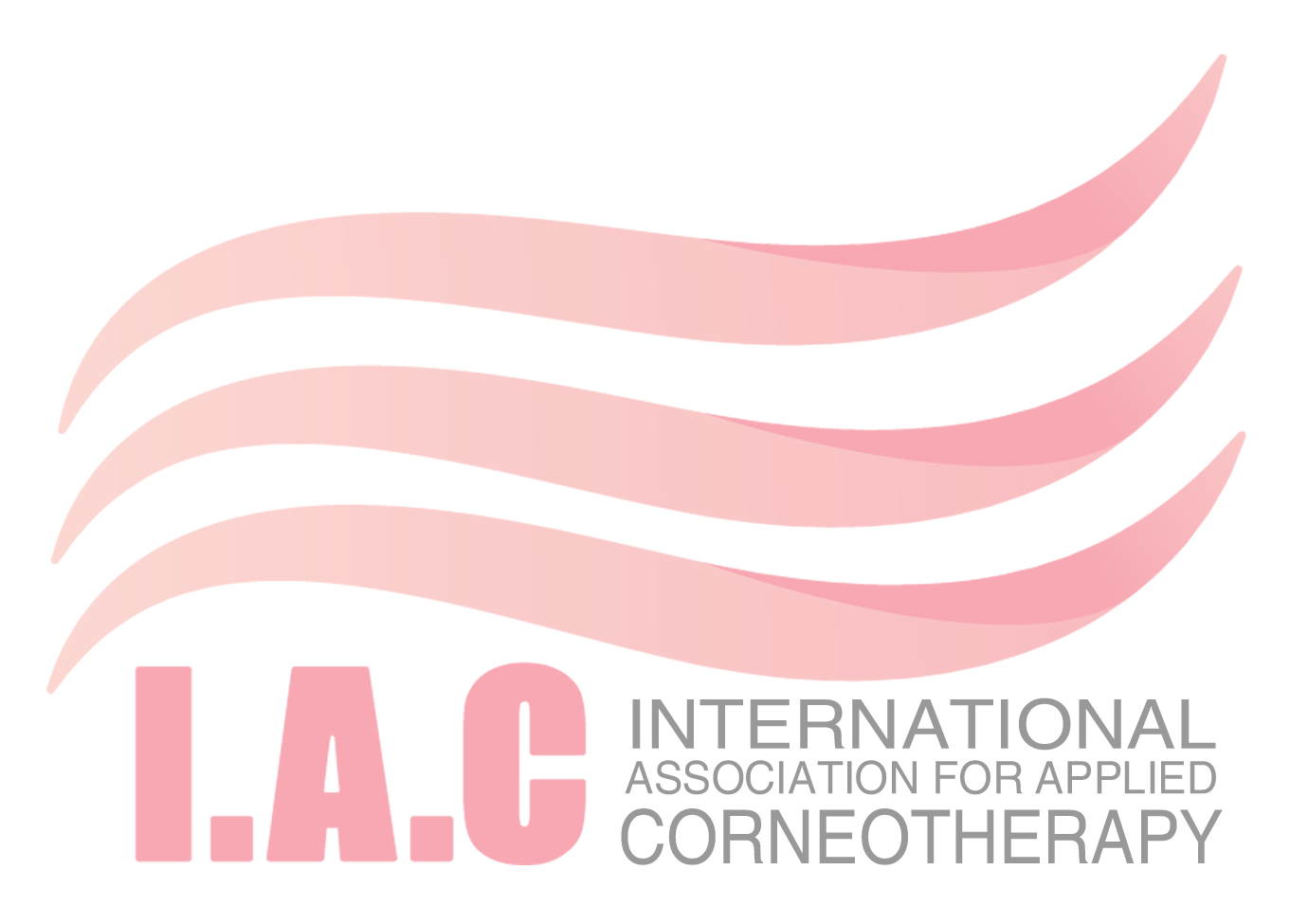Except from the aminoacetic acid alias glycine, amino acids have an asymmetric (chiral) carbon atom. In other words: While showing the same atomic blueprint, amino acids spatially occur in two mirror-inverted forms – comparable to a right-handed or left-handed screw – or to a right or left hand – as it is aptly named in Wikipedia. In order to differentiate between the mirror-inverted forms the chemical term is prefixed with a minuscule or majuscule letter: d, D or l, L.
While in a simple chemical synthesis in most cases both forms are created, the biochemical metabolism usually prefers one form only. This is due to the fact that the receptors of the synthesising and degrading enzymes have developed a complementary spatial structure in the course of evolution. Just to use the same metaphor: The left-handed screw only fits to a left-handed female screw – the same applies to the right-handed screw.
A consequence may be that chiral medicinal substances can turn out to be effective in one of the forms only while the other form does not show any positive results. More and more the chemical respectively biotechnological syntheses have developed in a way that only the effective form will result.
In the cosmetic field the above-mentioned amino acids generally are used in the physiological L form although it is insignificant for their function as a moisturizing factor. In this respect both forms have the same effects.
With vitamin E the situation is far more complex. Vitamin E occurs as α-, β-, γ- and δ-tocopherol with all the different forms having the same basic framework while the number and position of their methyl groups are different. Each of the different tocopherol forms can again occur in the mirror-imaged d- and l forms. The herbal d-α-tocopherol shows the best biological efficacy and hence is termed as vitamin E in the narrower sense. The synthetic vitamin E which in the cosmetic field is used as an antioxidant usually is a 1:1 mixture of d-α-tocopherol and l-α-tocopherol.
The chiral components of herbal raw materials and extracts in most cases correspond to human physiological conditions.
With few exceptions only, as e.g. the above mentioned tocopherol, the synthetic cosmetic ingredients have no chiral carbon atoms. Hence it is insignificant whether synthetic or herbal glycerin is used for instance. It is an identical molecule and the biochemistry regarding the metabolisation is the same.
Dr Hans Lautenschläger | 





